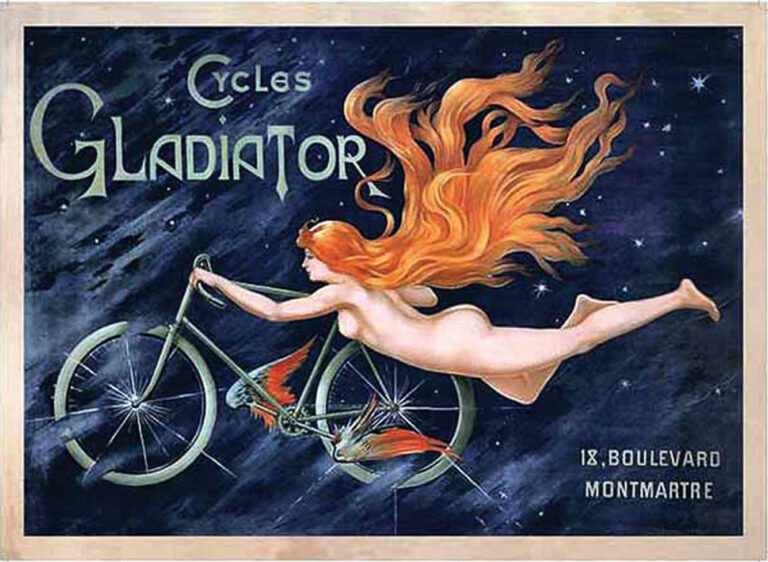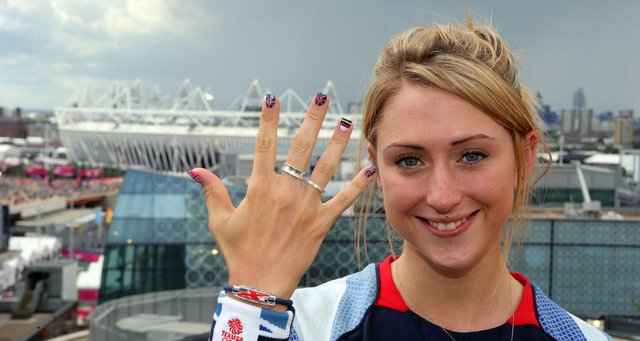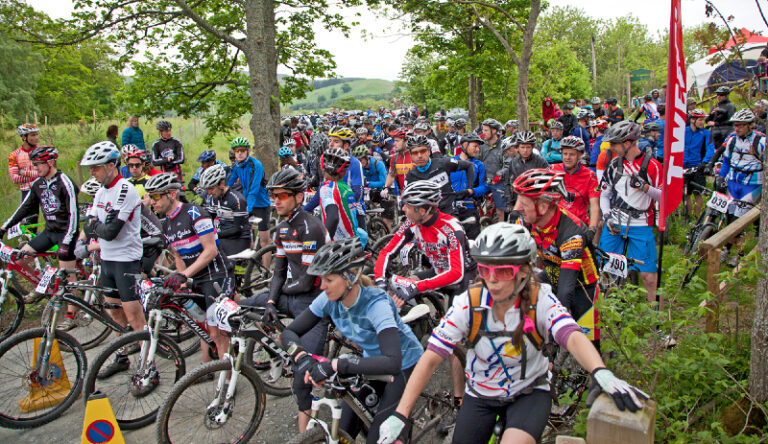With the atrocious weather we’ve suffered from this winter, indoor cycling is as popular as it’s ever been. We sent our newest contributor Lucy Fry to test out a new and exciting take on indoor cycling, Cyclebeat.
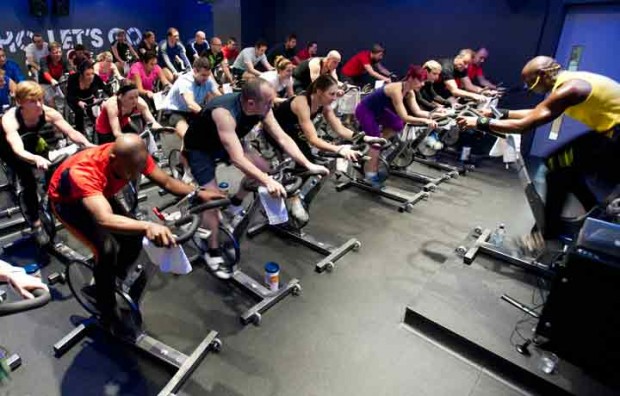
I’ve done a fair bit of indoor cycling in my time but nothing beats today’s Cyclebeat class. It was (ahem…) a lunchtime quickie, just 35 minutes long, but you’d be forgiven for thinking I’d either just walked out of the desert or finished an ultra-marathon, given the sweat that poured down my face and back by the time we were done.
So what’s different about it? Cyclebeat, tucked away in Lombard Court near London’s Bank of England, is, as far as I’m aware, the first studio to allow you to see, before booking, what music your instructor will be playing. So whether it’s rock, house or pop you prefer, you can find your perfect class by visiting their website and checking out the playlists. Co-founder Greg Allon has big, interactive plans to raise motivation levels even higher by getting customers suggesting their favourite music track.
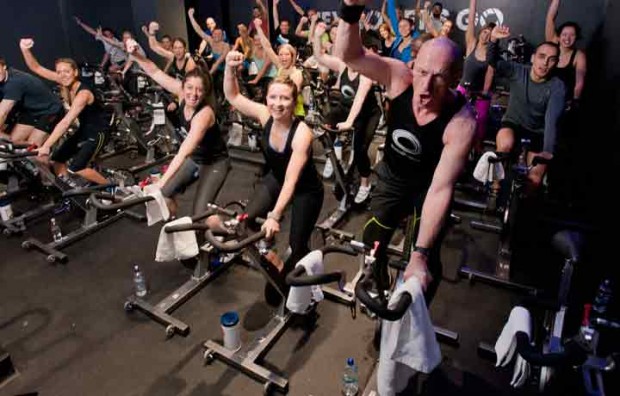
Perhaps the coolest thing about the Cyclebeat studio though, is the massive screen – a.k.a. The Beatboard – up in front where you can see exactly how you’re doing. There’s, quite simply, nowhere to hide; the three tiers of bikes rise, a bit like being in a really, really sweaty theatre, so that everybody can see and be seen. More details can be found on Allon’s blog, but essentially the Beatboard measures raw power, determined by a combination of your resistance level and your RPM. Then there’s an ‘energy’ reading, which determines your place on the Beatboard, and refers to the overall work that you have done during the duration of the ride – i.e. the higher your average power during that period, the more overall work you will do.
Granted, it’s not 100% fair because heavier people have an advantage on the Beatboard, consequently men tend to rank higher than women, because the bigger you are, the more power you can exert. On outdoor bikes, this is compensated by the fact that it takes more energy to move the heavier body along whereas on a stationary bike this isn’t a factor, but that’s why, once the computer gets your online results through at the end of the class, they can factor in people’s weight. Not everybody gives their weight at the start, so the beatboard can’t always promise the positions are accurate, and therefore give a ranking based on energy per kilogram, a truer measure of who has actually worked hardest. You’ll receive an email almost immediately upon leaving, I was pleased to be 4th via email rather than 8th via Beatboard, and can keep that as a personal record, with the aim of smashing your results next time.
“Ideally,” says Allon: “We would have the same elements in the live board as in the online results, but that means forcing everyone to include their weight when they sign up, which not everyone wants to do. Soon we’ll be introducing a gender-based colour coding so you can see how you are doing against other women / men as appropriate. Ultimately although the in-class Beatboard isn’t the truest test of who is working hardest, people find it incredibly motivating to chase the person ahead of them and try to keep ahead of their chasers.”
Well it was good enough for me. I’d recommend Cyclebeat to anybody who’s serious about their cycling, cardiovascular health, leg strength and just getting supremely fit in a competitive but fun environment. Better than staying in the office of a lunchtime and your lunch will almost certainly taste better too.
Cyclebeat have a limited offer on – a 30 day pass for just £30, visit the Cyclebeat website for more information.
This post was originally published on Lucy Fry’s personal blog.



